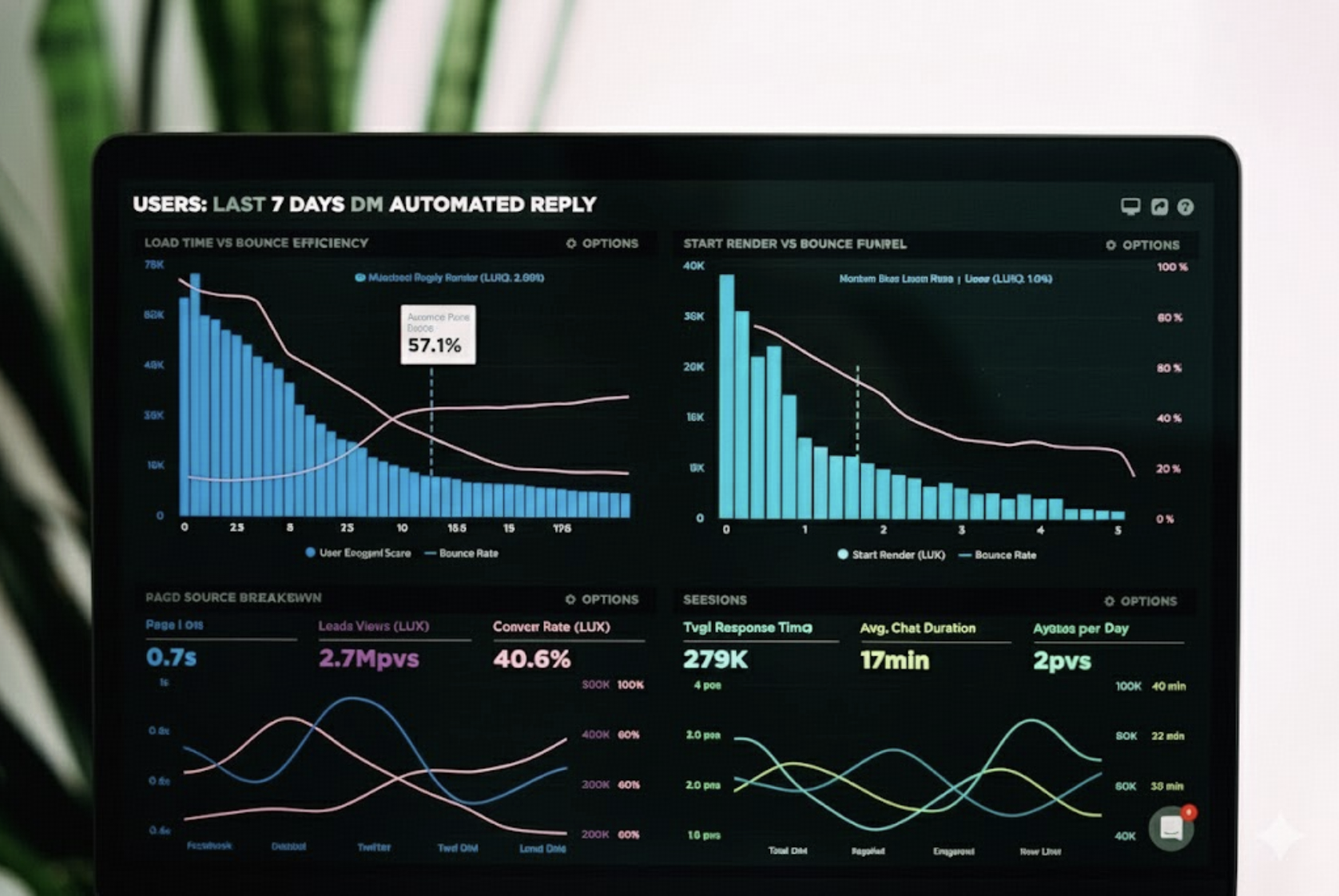Author of this article:Miya, Search engine optimization expert
Social media has become an important position for corporate marketing. From brand promotion to customer interaction, social media marketing runs through many aspects of corporate development. However, many companies often encounter questions when planning their budgets: “How much does social media marketing cost?" ”The answer is not fixed. It varies based on various factors such as industry characteristics, platform selection, and advertising strategies. Only by in-depth understanding of these influencing factors can companies maximize marketing effectiveness while controlling costs.
This article will comprehensively analyze the constituent factors of social media marketing expenses, and provide practical suggestions for optimizing expenses to help companies formulate scientific budgets and improve marketing return on investment.
Mixdesk
AI Agent

How much does social media marketing cost?
Average monthly fee range: between 100 and 5000 US dollars
The scope of social media marketing expenses depends on the company's goals and strategies, and usually includes content creation, platform management, and advertising. For small businesses, only a basic budget may be required to support daily content delivery; for companies pursuing high exposure and rapid growth, more resources need to be invested in multi-platform management and high-frequency advertising.
Different budget sizes directly affect the coverage and effectiveness of marketing. High budgets are usually suitable for highly competitive industries or companies that need to break through the market quickly, while small and medium-sized enterprises can achieve considerable results within a limited budget through streamlining strategies.
The main factors affecting social media marketing expenses
- Industry type
The degree of competition in the industry has a direct impact on social media marketing budgets. For example:
- Highly competitive industry: In highly competitive industries such as e-commerce, fashion, and beauty, companies need higher advertising expenditures to obtain good exposure. Users in these industries have higher requirements for content quality, and advertising costs have risen.
- Niche industry: Niche industries that target specific audiences, such as industrial equipment or professional consulting services, usually have lower marketing budgets due to less competition.
The intensity of demand in the industry and the activity of the audience are important references in budget planning. Enterprises need to allocate resources rationally according to the characteristics of their industries.
- Number of social media platforms
The number of active platforms of an enterprise has a significant impact on the overall marketing costs. With each additional platform, the complexity of content creation, publishing, and management increases:
- Single platform: Focus on a social media platform (such asFacebookorInstagram) Can significantly reduce management and content production costs.
- Multi-platform management: If your business is on Facebook, Instagram, LinkedIn andTwitterAnd other multiple platforms operate at the same time, and the cost will increase significantly due to the content demand and interaction management of multiple channels.
In order to balance cost and effectiveness, companies can choose a suitable platform based on the activity of the target audience, and prioritize the investment of resources to high-return channels.
- Advertising spend
Advertising budget is one of the main components of social media marketing expenses. The advertising cost of promotional posts directly determines the content coverage, clicks, and brand awareness:
- Low budget: Only a few hundred dollars are spent on advertising per month, usually for small businesses, and the goal is to increase basic exposure.
- High budget: If a company wants to achieve large-scale audience coverage and rapid user growth, it may need to invest thousands of dollars or more every month.
The allocation of advertising spending should match the target. Small budgets are suitable for increasing brand awareness in the early stage, while large budgets are more suitable for optimizing conversion rates and increasing sales.
- How aggressive the marketing strategy is
Different strategies require different resource inputs, which directly affects the overall cost:
- Basic strategy: Publish content with a fixed frequency and maintain basic interaction at a relatively low cost.
- Radical strategy: Companies pursuing rapid growth and high user participation usually need higher-frequency content publishing, richer creative design, and more frequent advertising. This kind of strategy requires more time and energy, and the cost naturally rises.
For example, strategies to pursue high interaction rates may include real-time live broadcasts, sweepstakes, or question-and-answer sessions, which require additional creative design and operational support.
- Agency service fee
Companies choosing agencies for social media management will significantly affect marketing costs. The following are the common types of services and corresponding cost differences:
- Single platform basic services: It provides content publishing and simple data monitoring for a single platform at a low cost, and is usually suitable for small and medium-sized enterprises.
- Full service: Including comprehensive services such as multi-platform management, content creation, advertising optimization, and data analysis, the cost is higher.
The experience level and service scope of the agency determine the final quotation. Although high-quality services are more expensive, they can bring more significant brand exposure and customer conversion effects.
How to optimize social media marketing expenses?
- Prioritize the target platform: Concentrate resources on the platforms that the target audience uses most often to avoid resource dispersion.
- Reasonable allocation of advertising budget: Set a reasonable budget according to marketing goals, such as small-scale testing and then gradually expand the launch.
- Simplify the content creation process: Reduce authoring costs with efficient tools or templates while maintaining quality.
- Regular data analysis: Track key indicators (such as interaction rate and conversion rate), and adjust strategies in a timely manner to improve cost utilization.
- Flexible choice of agency services: Choose a single service or a comprehensive service according to your needs to balance costs and effectiveness.
By optimizing the allocation of expenses in each link, enterprises can not only reduce the overall cost, but also effectively improve the return on marketing investment.
Maybe you want to see:
-
Social media marketing Strategy: How to accurately reach target users and increase brand influence
Social media management tools play an indispensable role in marketing. They can integrate communication channels from different platforms into one platform, greatly improving the management efficiency of enterprises.…
Other issues:
Mixdesk: Provide efficient social media support for enterprises
In social media marketing, efficient management and intelligent operation are the key to optimizing costs and improving effectiveness.MixdeskpassMulti-platform integration function, Help companies unify the management of mainstream channels such as Facebook, Instagram, WhatsApp, etc., significantly simplify the operation process and reduce management costs. At the same time,MixdeskThe AI Agent technology can intelligently handle customer inquiries and automatically reply to frequently asked questions, not only improving the efficiency of customer interaction, but also reducing labor service expenses, allowing enterprises to easily respond to a large number of customer needs.
In addition, Mixdesk also has functions such as multi-language support and precise proactive marketing. Multi-language support allows companies to easily cross language barriers and communicate seamlessly with customers around the world; the active marketing function effectively improves advertising efficiency and customer conversion rate through targeted content delivery. Combined with team collaborative management tools, Mixdesk can ensure the efficient execution of marketing strategies and provide comprehensive support for enterprises to achieve rapid brand growth while controlling their budgets.




